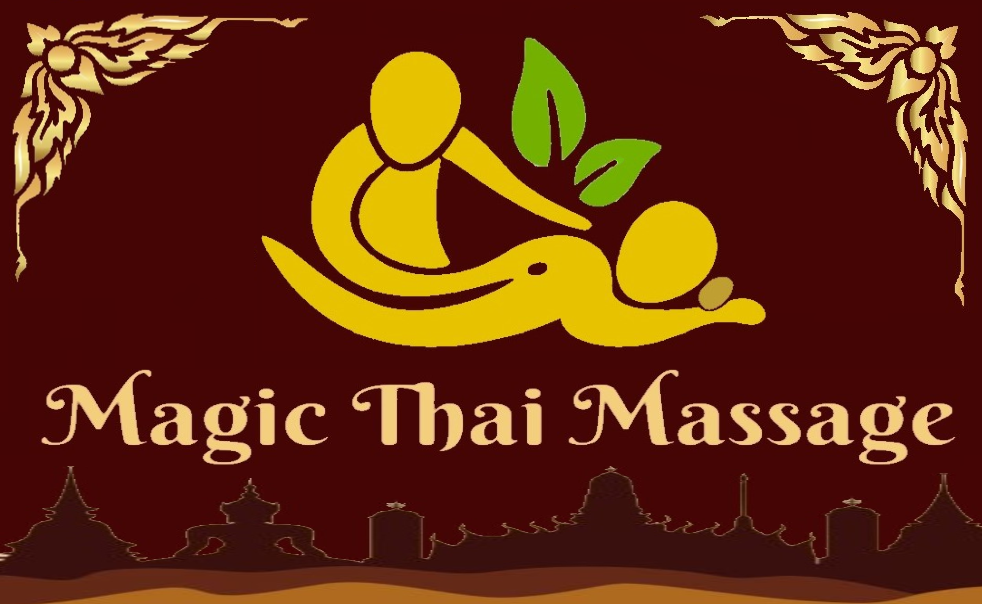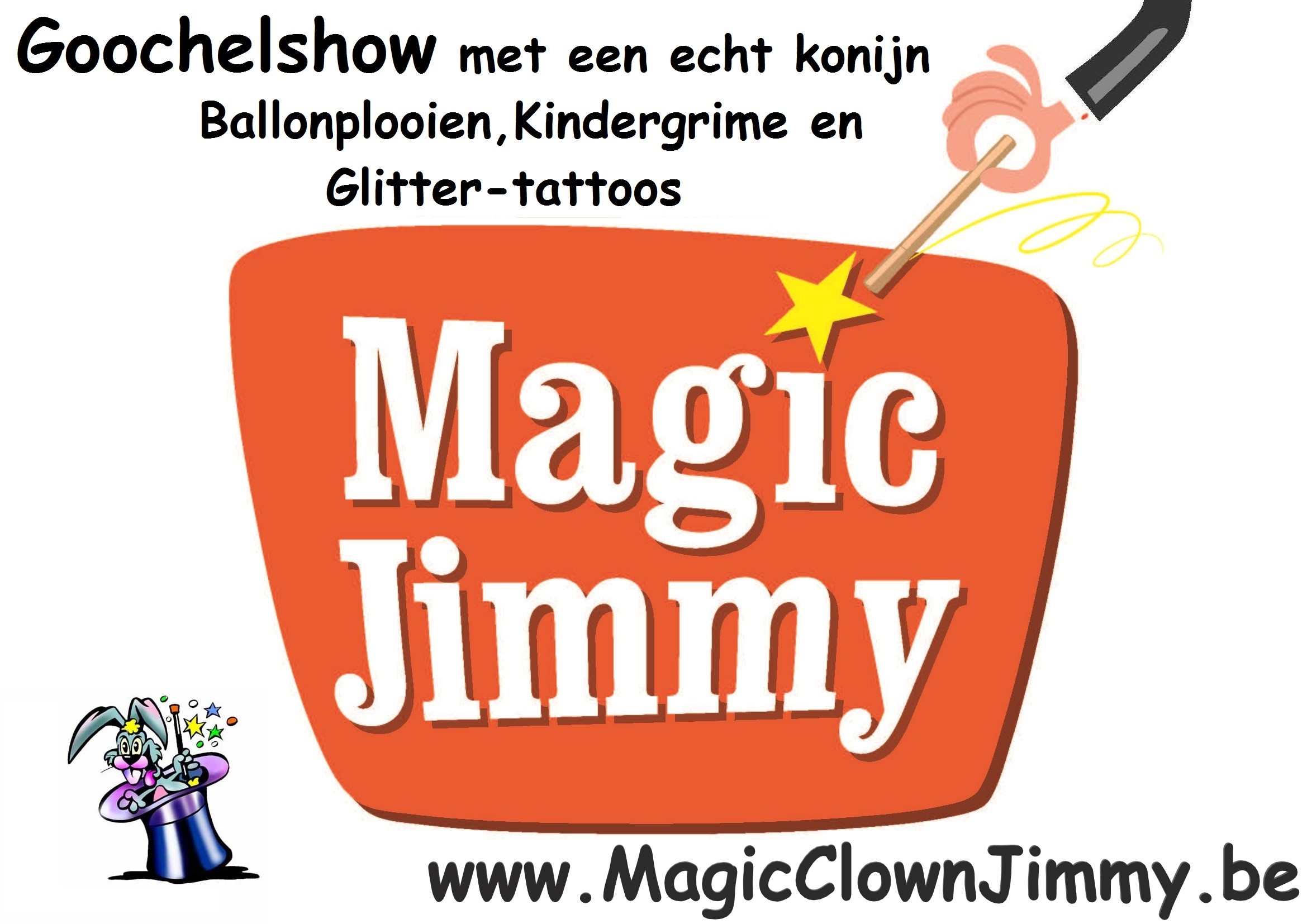
THAI MASSAGE

THAI MASSAGE
Traditional Thai massage or nuat phaen boran (Thai: นวดแผนโบราณ, “ancient massage style”), is one of the world’s oldest healing methods. Thai people saw illness as imbalance in the body or mind and they sought help at the local temple. They were treated with the four elements of traditional medicine: spiritual support, nutritional support, herbs and massage.
Murals in the “Medical Pavilion” of Wat Pho, Bangkok, Thailand
Thai massage is more than 2,500 years old. Originally Indian, this form of massage came to Thailand along with Buddhist monks. Not only the body, but also the mind feels liberated. This holistic idea – indissoluble connection of body and mind – has its roots in Buddhism. Thai massage is part of the Thai medical and spiritual tradition. However, much of the knowledge of massage was lost in the destruction of the ancient Thai capital, Ayuthaya in 1767. King Rama III ordered the remains of this tradition to be recorded in stone in 1832. These friezes can still be admired today at the temple of Wat Pho in Bangkok. Anyone visiting the Wat Pho temple in the Thai capital Bangkok will find the remains of an 18th-century school of traditional Thai medicine in the shadow of the giant reclining golden Buddha, 15 metres high and 46 metres wide. Instructions for students are still painted on the walls; anatomical pictures show where the energy points of the human body are located. The students memorised the instructions from the walls. Everywhere are statues in a yoga pose. The centuries-old tradition continues in the temple. Although massage was traditionally practised by monks in Buddhist temples, the profession is no longer confined to the temple environment. Thai massage is now practised all over Thailand, at massage schools, in hospitals, in hotels, on the beach.
There are two currents in Thai massage: the northern variety, Nuad Bo-Rarn, and the southern variety, also called Bangkok style. The latter is more static and is often perceived as more painful. Influenced by Chinese and Indian massage and yoga, this is a fairly firm massage technique in which the masseur massages on the energy pathways and performs stretching movements. The movements often closely resemble the asanas of yoga and the focus on the pressure points resembles the nadis from Ayurveda and the meridians from Chinese medicine.
The body of the massaged person is moved into various yoga positions during a massage. This is why Thai massage is sometimes jokingly called “yoga for lazy people”. One is worked with knees and elbows and sometimes even with the full weight of the masseur or masseuse. Oil is not involved. Muscles are kneaded until the last vestige of tension is gone. Limbs are stretched and stretched, the back arched into a smooth curve. The massage aims to harmonise the body, release blockages, and eliminate deficiencies along energy lines. Compared to traditional Chinese medicine, which makes targeted use of acupuncture to manipulate pressure, Thai massage does stimulate the same points but with a healing touch. Therefore, the points are subject to less tension, and life energy, or Prana, is given an opportunity to move freely. Along with affecting the energetic aspect, one also works on the physical body. Starting from the feet and progressing to the head, the client’s body will be moved, loosened and stretched. The combination of energetic and physical aspects is unique to Thai massage, and so are its effects. This ancient massage is described as a gift to the body (physical), mind (spiritual) and feeling (emotional). It is a way to prevent illness, a tool for resolving blockages before they manifest psychologically or physically, and for increasing flexibility. During Thai massage, easy-fitting clothes are worn and the massage is done on a futon or mattress.
Thai massage prevents and resolves both physical and psychological complaints and stimulates the circulatory and lymphatic systems, restoring energy. Chronic fatigue, back and neck pain, headaches, stiff muscles and joints and poor circulation can be relieved by Thai massage. It relaxes tissues (skin, muscles, nerves and joints) and improves blood circulation. It combats stress and reduces depressive feelings. On a mental/spiritual level, it lends a sense of continuity to the body; it creates flow and activates Chi (Lom).
- ONDERGOED VERPLICHT
- GEEN HAPPY ENDING
- GEEN EROTIC


